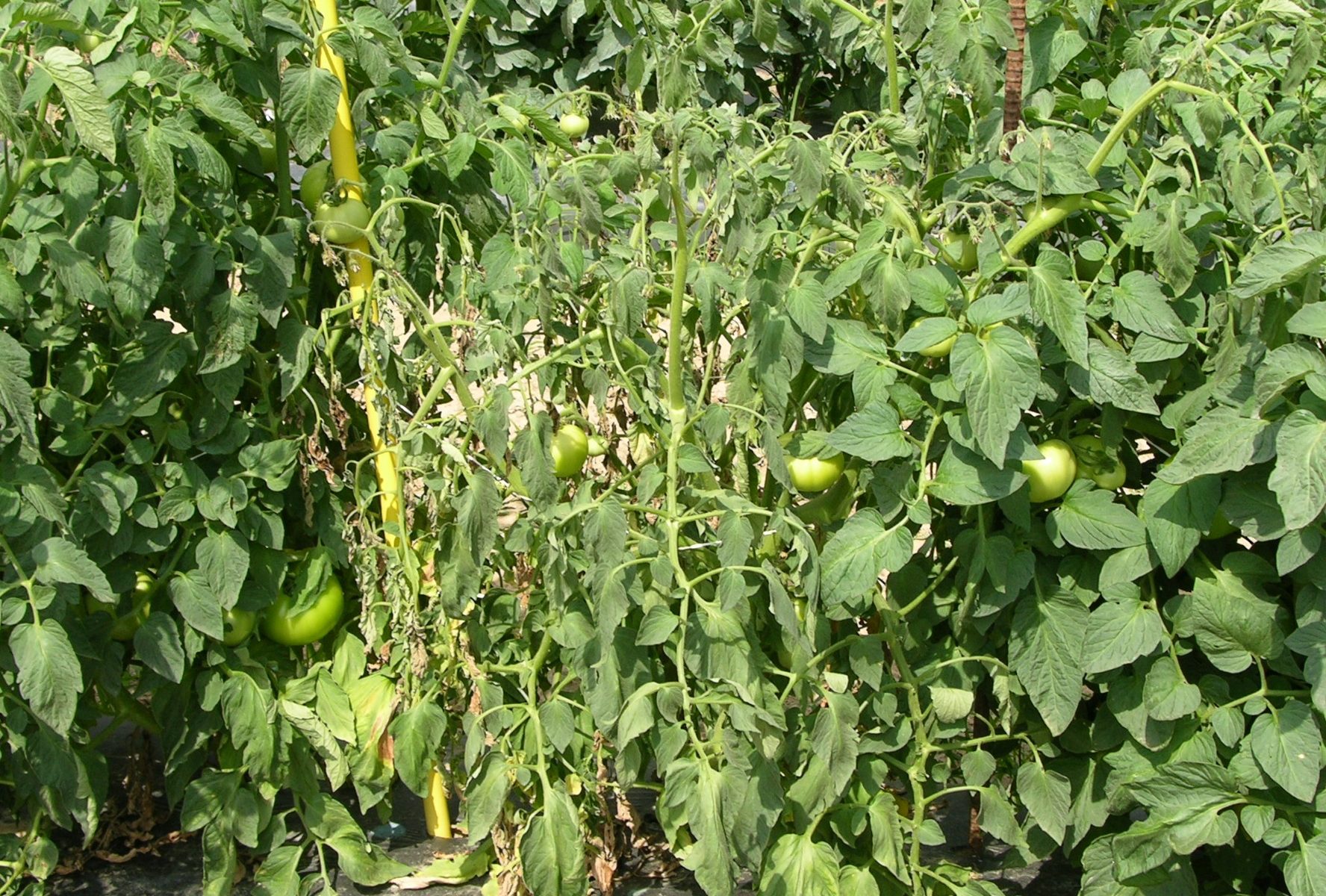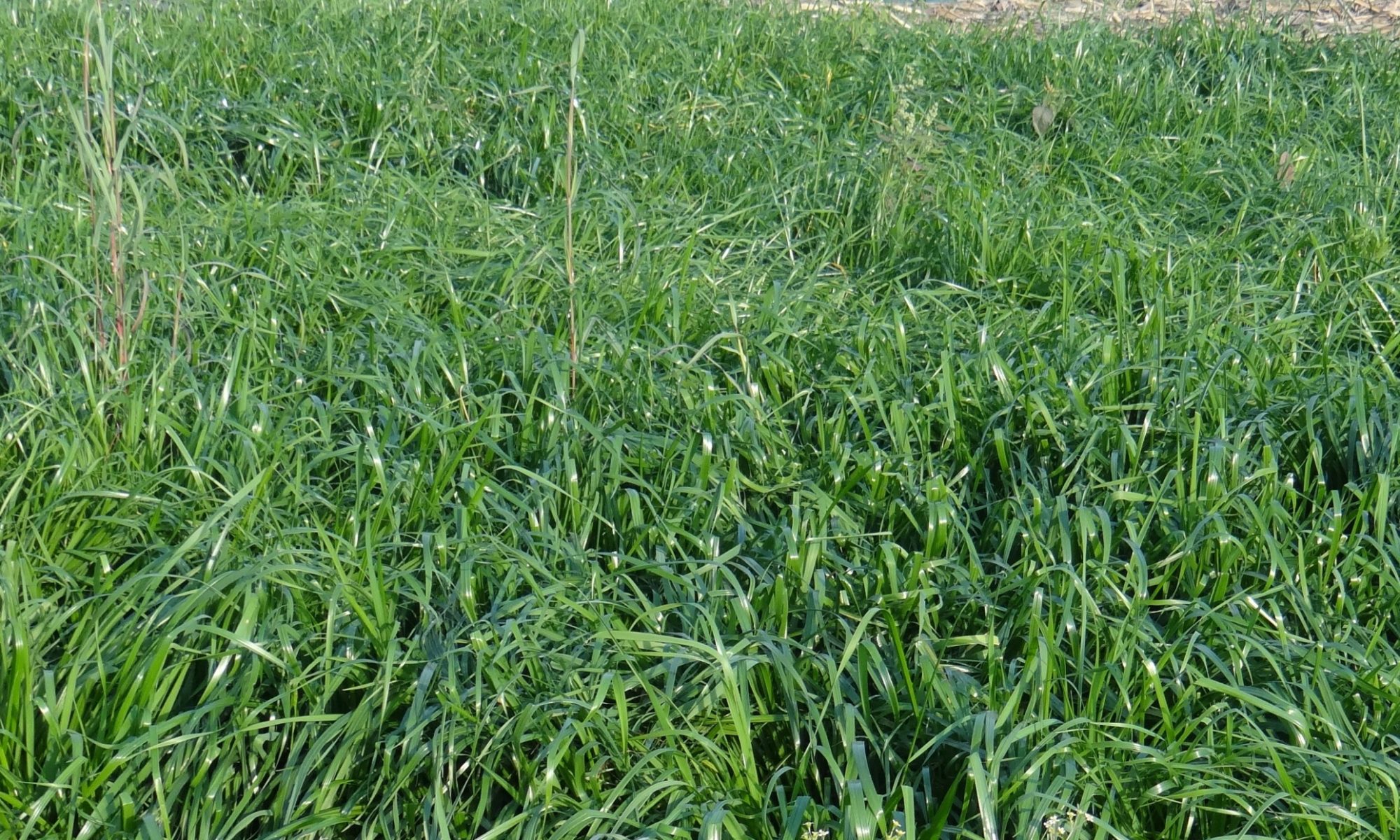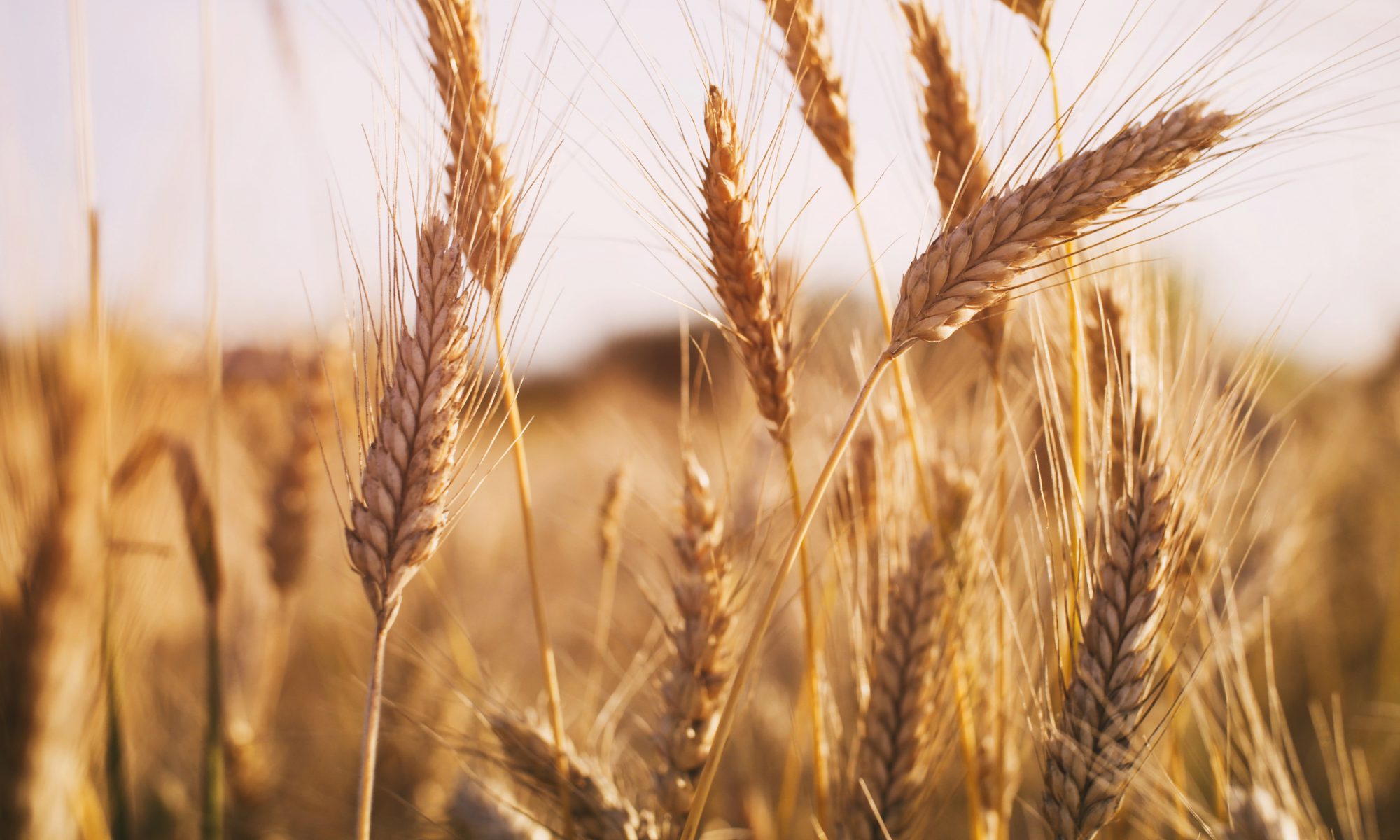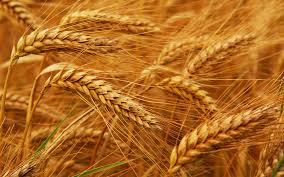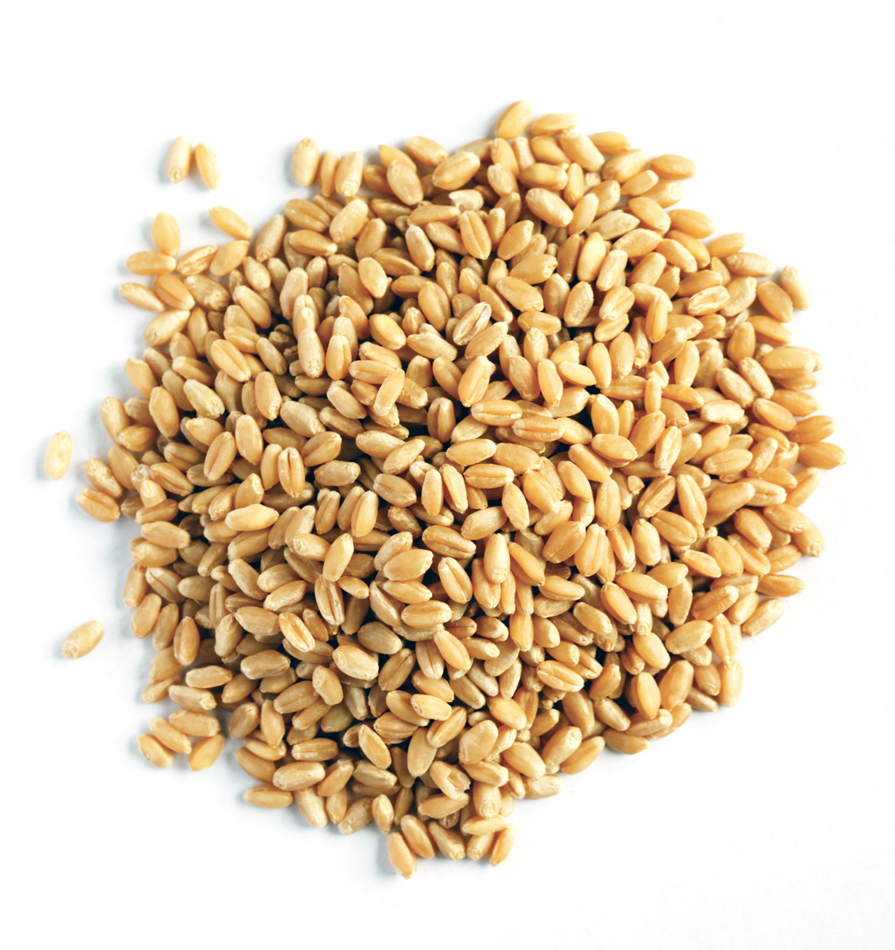- Wilting, stunting, yellowing of the foliage and finally collapse of the entire plant take place.
- Lower leaves may drop first before wilting.
- Segment of the lower stem is cut and squeezed bacterial ooze.
- Develops adventitious roots from the stem.
- Crop rotation with cruciferous vegetable, marigold, and paddy is recommended.
- Apply of bleaching powder @ 6 kg/acre before planting.
- Use streptomycin sulphate I.P. 90% w/w + Tetracycline Hydrochloride I.P. 10 %w/w 20 gm/acre.
- Kasugamycin 3% SL 300 ml/acre.
Like and share with other farmers by clicking on button below
Share
